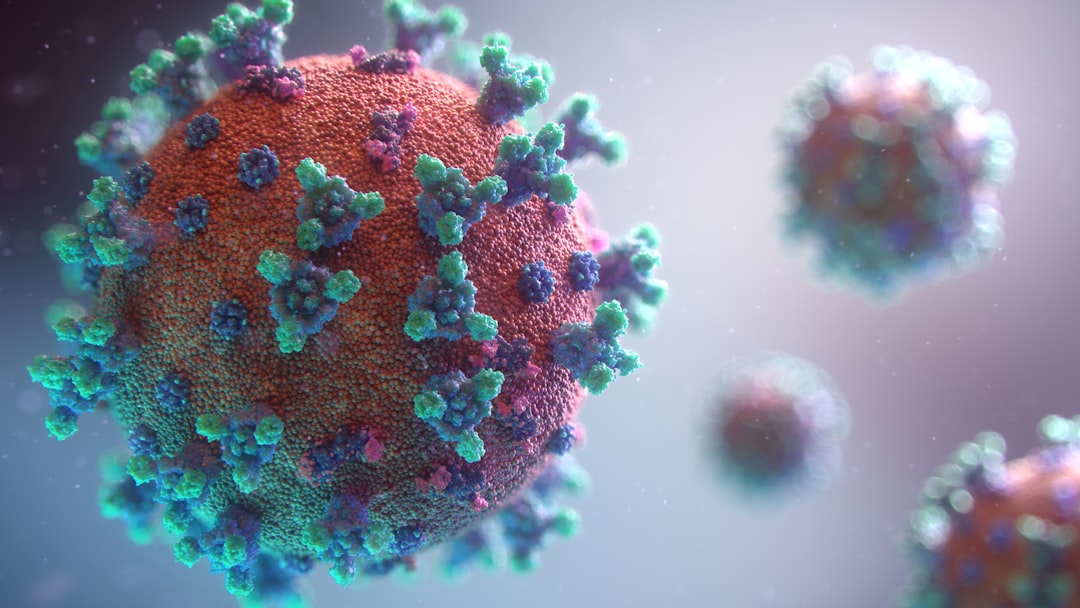What is it about?
Dravet syndrome (DS) is a severe developmental and epileptic encephalopathy characterized by onset in the first year of life with seizures triggered by fever/hyperthermia, which persist also in adulthood, and later appearance of afebrile seizures, as well as of developmental plateauing with behavioral disorders. It is caused by mutations of the SCN1A/NaV1.1 sodium channel leading to hypoexcitability of GABAergic interneurons. We found that most of the seizures in both DS patients and mouse models have low-voltage-fast onset, which is instead thought to be generated by hyperactivity of GABAergic neurons. We disclosed a disorganization in the temporal pattern of the firing of single interneurons before the seizure (preictal period) and a rebound hyperactivity at seizure onset. Consistently, the electrographic signal showed a decrease of fast oscillations in the preictal period. Thus, perturbed interneurons’ preictal activity, consistent with the main mechanism of DS, leads to their hyperactivity at seizure onset and induces specific electrographic signatures, which can be exploited for reliable seizure prediction.
Featured Image

Photo by Hal Gatewood on Unsplash
Why is it important?
We disclosed the cellular/network mechanism of convulsive seizure generation in a severe epilepsy and we identified specific EEG biomarker (electrographic signatures), which can be exploited for seizure prediction. The identification of a potential EEG biomarker that is able to predict seizure several minutes before their onset could be clinically very useful, allowing families to organize themselves and possibly to use preventive therapeutic interventions that could inhibit seizures, possibly including closed-loop systems.
Perspectives
Our work could provide information to better understand the mechanism of drug resistance in Dravet syndrome and to develop effective methods of seizure prediction.
Massimo Mantegazza
Read the Original
This page is a summary of: Preictal dysfunctions of inhibitory interneurons paradoxically lead to their rebound hyperactivity and to low-voltage-fast onset seizures in Dravet syndrome, Proceedings of the National Academy of Sciences, May 2024, Proceedings of the National Academy of Sciences,
DOI: 10.1073/pnas.2316364121.
You can read the full text:
Contributors
The following have contributed to this page










